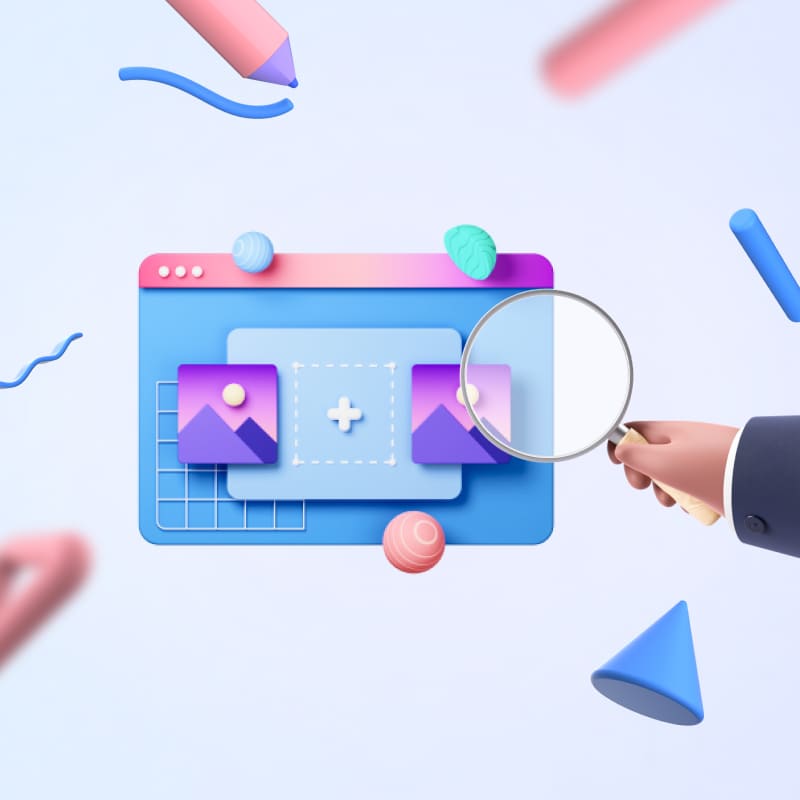
When an employee receives feedback on their job performance, it’s usually given by their line manager. But recently, there’s been a growing trend amongst businesses where peer feedback is also being used to guide employees to success.
Peer feedback creates the opportunity for employees to discuss their strengths and weaknesses amongst their own teams, with co-workers that can truly empathise and understand what it takes to perform well in the job role.
Before we share some tips on how to set up a culture of effective peer feedback amongst your teams, let’s first look into why it’s such an important tactic to use in the workplace.
Contents
Why is peer feedback important?
How to create an effective peer feedback loop?
Great peer feedback takes preparation
Make it a two-way conversation
Personalise your meetings
Balance positive with negatives
Stay focused on the problem
Leverage the right feedback tech
Timely, specific and constructive feedback for your company
Why is peer feedback important?
No matter where you are within your career, feedback is always important. It allows employees to continuously learn and identify where their strengths and weaknesses lie.
Beyond personal improvement, feedback also presents opportunities for managers and peers to communicate as a whole, ensuring that teams stay aligned in terms of goals and everyone is aware of each other’s expectations.
People can often shy away from giving feedback to their peers, but in actual fact, employees want to receive feedback. According to Harvard Business Review, 57% of employees prefer receiving corrective feedback over receiving only praise and recognition.
Why? Because driven employees are always striving to do better.
And how do we help to drive and motivate our employees? With feedback! In a study by Officevibe, it was found that 40% of employees are actively disengaged when they receive little to no feedback. Of the employees that are highly engaged, 43% of them receive feedback once a week.
But it’s important to note that this feedback must be constructive.
Peer reviews aren’t solely focused on job performance, they’re also designed to ascertain a better understanding of employees as individuals and how they work within a team. The idea isn’t to berate and negatively criticise one another, it’s to seek out ways to get better at their jobs by setting individual and team-related goals.
Ready to find out how to create a culture of regular constructive peer feedback within your teams? Let’s dive in.
How to create an effective peer feedback loop
Here are some tips on how to create an effective peer feedback loop that will lead to actionable, helpful employee feedback and avoid any uncomfortable scenarios where someone might take offence.
Great peer feedback takes preparation
Never go into a peer feedback session unprepared. If the person on the receiving end of the feedback is confused and disagrees with any points, you’ll need examples to back it up. Without real, recent examples, they’ll be less likely to understand where improvements can be made.
You’ll also want to know your talking points before the session starts. This will help to keep the sessions focused and ensure that both of you are getting the most out of it. These sessions are designed specifically for peer feedback, so this is your chance.
We wouldn’t recommend attempting to give feedback later down the line when you remember something important that you forgot to say — say it now, or forever hold your peace.
Make it a two-way conversation
Even if the session is focused on feedback for one employee, it should still be a two-way conversation. This means that rather than sitting and passively listening to the feedback, the employee is able to ask questions, explain certain points and even make their own suggestions.
When you’re effectively communicating with one another and both sides feel heard, you’re far more likely to walk away from the conversation in a positive light, with actionable and constructive points of improvement.
Personalise your meetings
No two employees are the same, so you shouldn’t take a one-size-fits-all approach to your peer feedback sessions.
People prefer to receive their feedback in different ways and styles, so adapting your sessions to each employee will help to make each one a success.
Find out how they’d prefer to receive their feedback - whether that’s an in-person sit down in a private meeting room, a chat at a coffee shop, an email conversation or even a quick direct message.
Balance positive with negative feedback
You need to strike the right balance between ‘positive’ and ‘negative’ when providing employee feedback.
If you focus solely on the negatives, the employee may feel attacked or that you’re not appreciating or valuing their wider efforts.
On the flip side, if you stuff in too many positive notes, then your peer might overlook the negatives with the false belief that they don’t need to make improvements.
Stay focused on the problem, not the person
When giving peer feedback, you need to be aware of how you’re choosing your words and how they may be interpreted by your teammate. Your feedback matters to them and most likely will have an impact on their emotions one way or another, so you’ll want to be careful to not overstep the line.
Your constructive criticisms should always be based on the issue at hand, whether it’s a behaviour or a specific piece of work, never on the individual themselves.
Leverage the right feedback tech
Feedback tools can enable you to provide feedback in real-time, which ensures that it always remains specific rather than general. It also means that the feedback will be attached to the work rather than the person.
Using a tool ensures that feedback is provided regularly, which has been shown by research to develop better engagement amongst employees.
Timely, specific and constructive feedback for your company
My Learning Hub is a Learning Management System that’s designed to train and develop your employees' hard and soft skills.
Employees can provide specific feedback on every course immediately after completion, while it’s still fresh in their minds. In the near future, employees will be able to leave their course feedback via 3rd party tools including Slack and MS Teams via our Mylo Bot feature.
With their valuable input, you’ll be able to rework your courses to build the most efficient and impactful training programmes for your staff.
Get started with a demo of our easy-to-use platform today.










